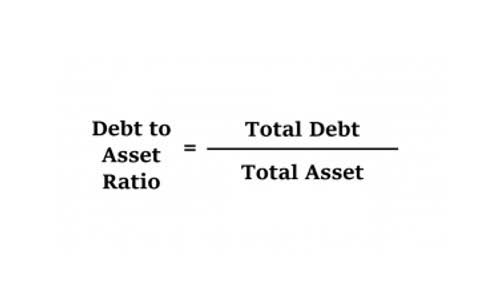Contribution Margin CM Formula + Calculator

Variable costs tend to represent expenses such as materials, shipping, and marketing, Companies can reduce these costs by identifying alternatives, such as using cheaper materials or alternative shipping providers. We’ll next calculate the contribution margin and CM ratio in each of the projected periods in the final step. The 60% ratio means that the contribution margin for each dollar of revenue generated is $0.60. Given how the CM examines the product-level breakdown contribution margin equation of each dollar that comes in and how it contributes to generating profit, the break-even point (BEP) cannot be calculated without determining the CM. The analysis of the contribution margin facilitates a more in-depth, granular understanding of a company’s unit economics (and cost structure). The companies that operate near peak operating efficiency are far more likely to obtain an economic moat, contributing toward the long-term generation of sustainable profits.
For instance, in Year 0, we use the following formula to arrive at $60.00 per unit. One common misconception pertains to the difference between the CM and the gross margin (GM).
Contribution Margin for Investors
If the contribution margin for an ink pen is higher than that of a ball pen, the former will be given production preference owing to its higher profitability potential. Such decision-making is common to companies that manufacture a diversified portfolio of products, and management must allocate available resources in the most efficient manner to products with the highest profit potential. Profit margin is calculated using all expenses that directly go into producing the product. Low values of contribution margins can be observed in the labor-intensive industry sectors like manufacturing as the variable costs are higher, while high values of contribution margins are prevalent in the capital-intensive sectors. The contribution margin is the foundation for break-even analysis used in the overall cost and sales price planning for products.

Fixed cost are costs that are incurred independent of how much is sold or produced. Buying items such as machinery are a typical example of a fixed cost, specifically a one-time fixed cost. Regardless of how much it is used and how many units are sold, its costs remains the same. However, these fixed costs become a smaller percentage of each unit’s cost as the number of units sold increases. The Contribution Margin is the revenue from a product minus direct variable costs, which results in the incremental profit earned on each unit of product sold. Based on the contribution margin formula, there are two ways for a company to increase its contribution margins; They can find ways to increase revenues, or they can reduce their variable costs.
When to Use Contribution Margin Analysis
The profitability of our company likely benefited from the increased contribution margin per product, as the contribution margin per dollar increased from $0.60 to $0.68. To perform a more detailed analysis on either a quarterly or year-over-year (YoY) basis – or comparisons to comparable companies operating in the same industry – the CM metric can be divided by revenue to get the CM ratio. The contribution margin ratio is calculated as (Revenue – Variable Costs) / Revenue. Investors examine contribution margins to determine if a company is using its revenue effectively. A high contribution margin indicates that a company tends to bring in more money than it spends.
- Using the provided data above, we can calculate the price per unit by dividing the total product revenue by the number of products sold.
- In effect, the process can be more difficult in comparison to a quick calculation of gross profit and the gross margin using the income statement, yet is worthwhile in terms of deriving product-level insights.
- Fixed cost are costs that are incurred independent of how much is sold or produced.
- The contribution margin ratio is calculated as (Revenue – Variable Costs) / Revenue.
- For instance, a beverage company may have 15 different products but the bulk of its profits may come from one specific beverage.
- To perform a more detailed analysis on either a quarterly or year-over-year (YoY) basis – or comparisons to comparable companies operating in the same industry – the CM metric can be divided by revenue to get the CM ratio.
- Buying items such as machinery are a typical example of a fixed cost, specifically a one-time fixed cost.













